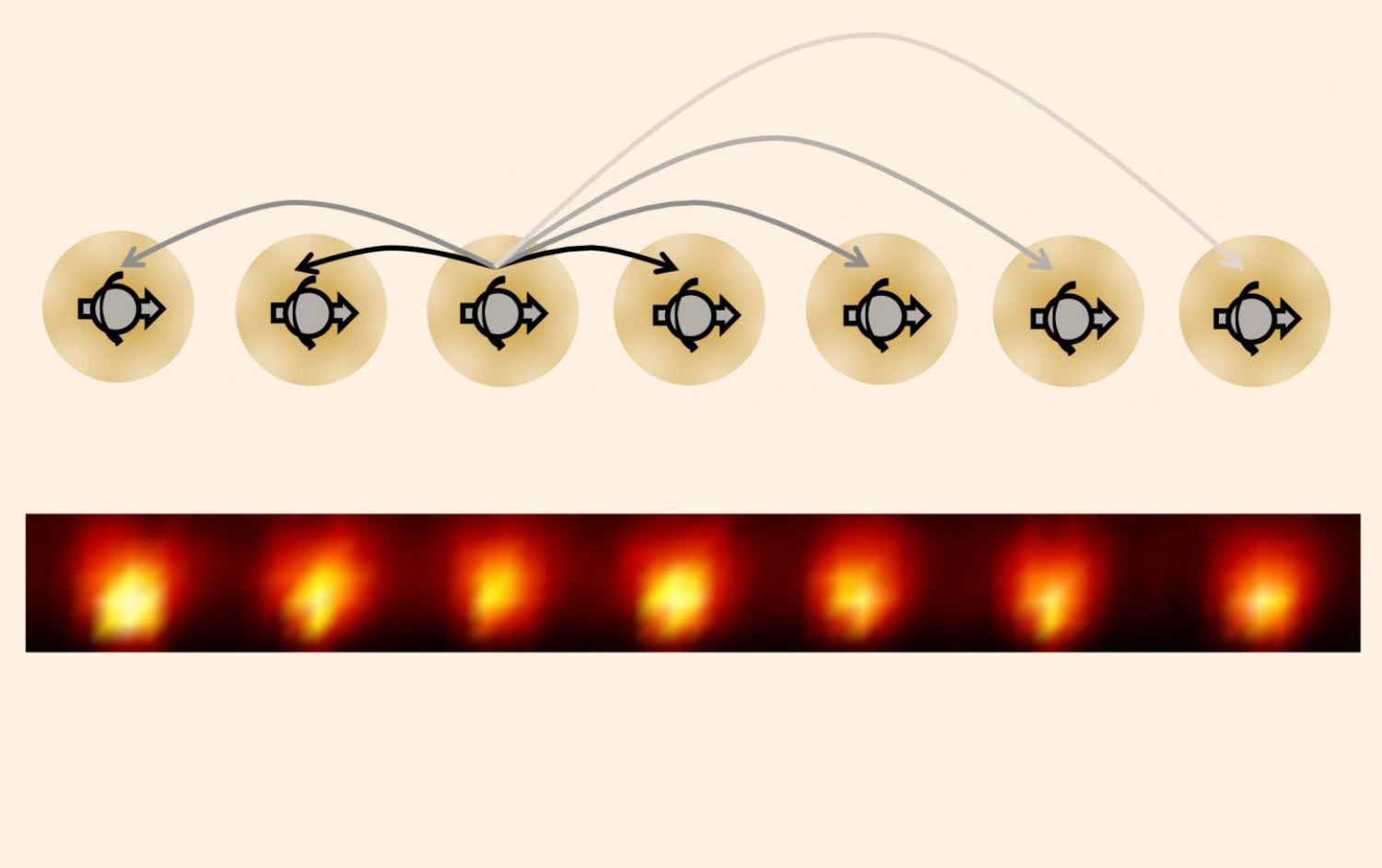Jan 29, 2017
Scientists have confirmed a brand new form of matter: time crystals
Posted by Karen Hurst in categories: computing, quantum physics, time travel
More information on the time crystals to simulate time travel.
Two more teams of researchers have found ways to create time crystals, lattices that repeat not in space but in time, breaking time-translation symmetry.
Though applications are unclear, the research could help us better understand quantum properties and solve the problem of quantum memory associated with quantum computing. Time crystals repeat their atomic structure in time. At the very least, they are a contradiction.
Continue reading “Scientists have confirmed a brand new form of matter: time crystals” »


















